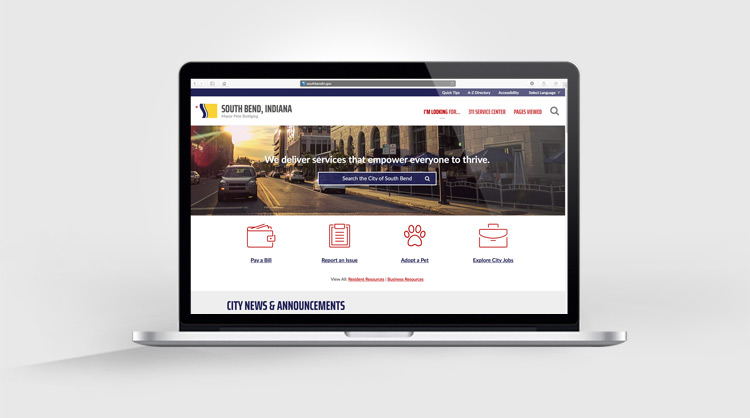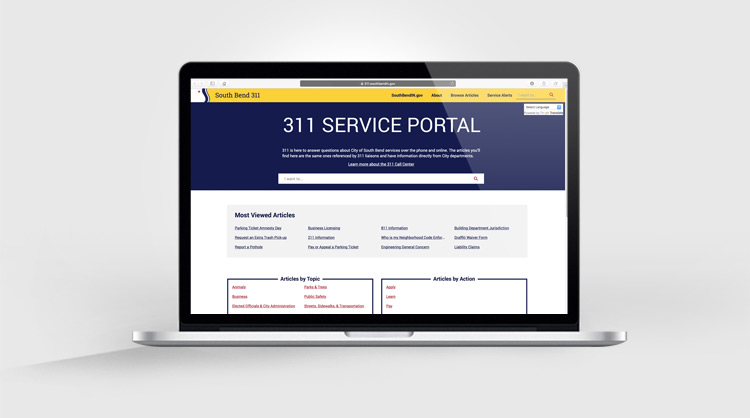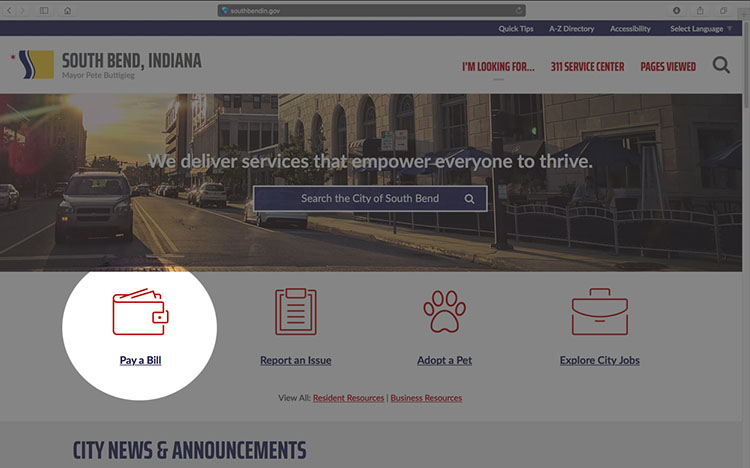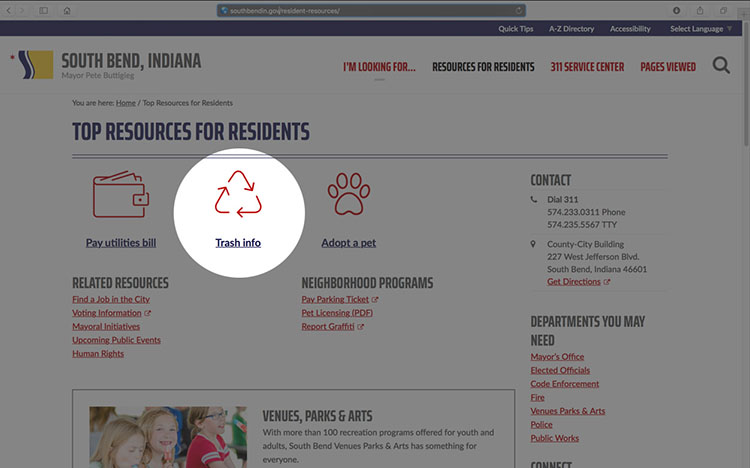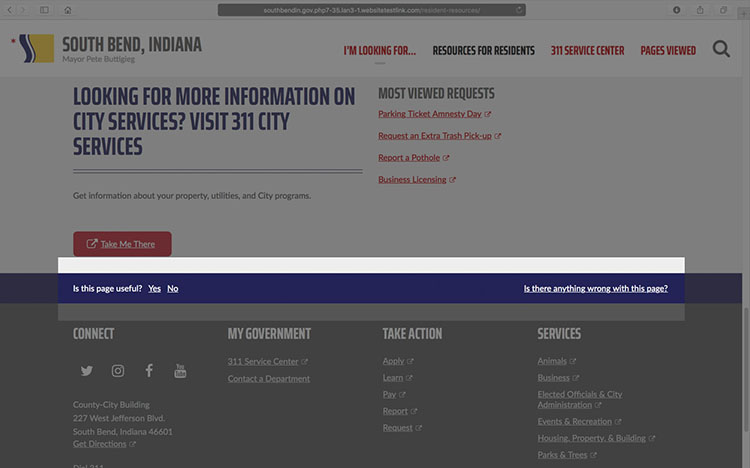Overview and Plan
The Rebuilding Our Streets Plan lays out the City’s short and long-term goals to improve street conditions from 2021 to 2030. Achieving these goals will make City streets safer and improve resident satisfaction with essential local infrastructure.
- A top goal for the City is to address all “failed” streets in South Bend. We aim to tackle these chronic, failed streets first, while also preventing other streets from falling into these conditions in the future.
- Another goal for the City is to improve the average rating of streets each year with geographic equity, so the condition of our streets improves in each and every neighborhood.
Strategy + Toolkit
There are six guiding principles shaping the City’s approach to street repair from 2021 – 2030:
- Fix failed streets. Address all failed streets. A failed street is one that has deteriorated so much that it can no longer be maintained by the standard mill and overlay paving. The street may still be drivable, but the pavement has lost its integrity and has severe cracking.
- Raise the bar. Aim to improve street conditions each year across the City.
- Strive for equity. Monitor street conditions by council district, striving for equitable street quality – especially residential street quality.
- Be data driven. Invest in new tools and processes to monitor progress on street conditions. The City has a public dashboard showing street conditions to better analyze and track street condition regularly.
- Be transparent. Aim to be more transparent with residents, sharing plans for street repair proactively. This includes the methodology behind decisions to prioritize certain streets, street repair lists and the streets conditions dashboard for residents to monitor the City’s data on street quality over time.
- Increase efficiency. Find ways to stretch the lifespan of our roads and invest more in upfront maintenance to reduce costs over the long term.
Reporting Progress
The Street Conditions dashboard is designed for elected officials and South Bend residents to look up the quality of the City’s streets system. The City of South Bend uses a pavement condition index to evaluate street conditions. This dashboard was developed in response to the City’s Community Survey results, which highlighted improving streets as a top priority for the City.
Frequently Asked Questions (FAQs)
When did the Rebuilding Our Streets Plan start?
The Rebuilding Our Streets Plan was first shared with residents in 2021 and lays out the strategy for how the City will improve street conditions from 2021 – 2030.
How does the City measure street conditions?
The City works with an outside vendor to evaluate street conditions on every street segment owned by the City. The City uses Pavement Condition Index, or PCI, to evaluate street conditions. PCI is a rating from 0 to 100 of the severity and extent of distresses observed on a pavement surface. Examples of typical pavement surface distresses are spalling, rutting, scaling, and cracking.
Prior to 2023, the City used Pavement Surface Evaluation and Rating (PASER) to evaluate street conditions. The City switched to PCI in 2023 because it is more commonly used by other cities in Indiana, making it easier to benchmark South Bend street conditions with other cities.

